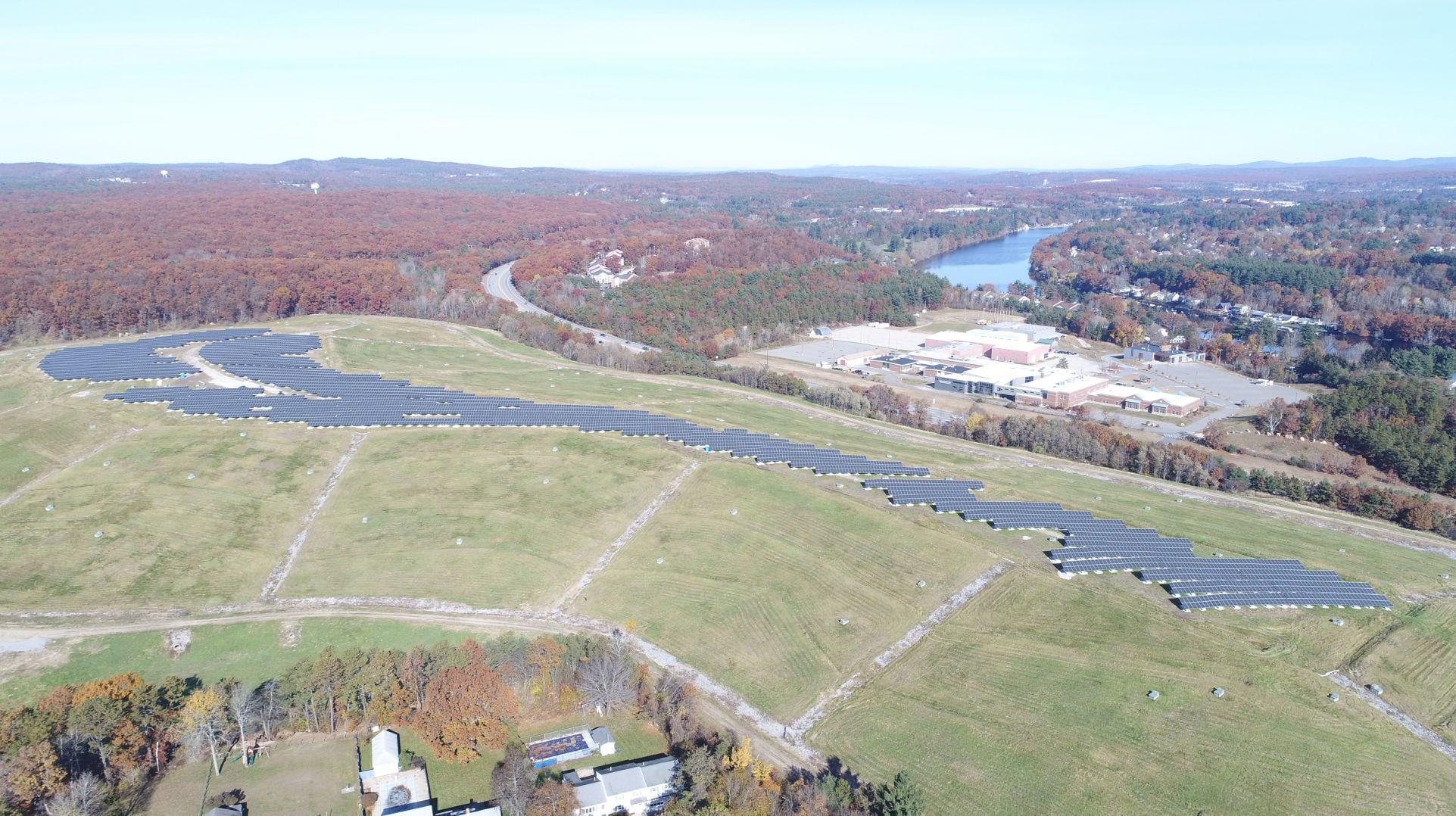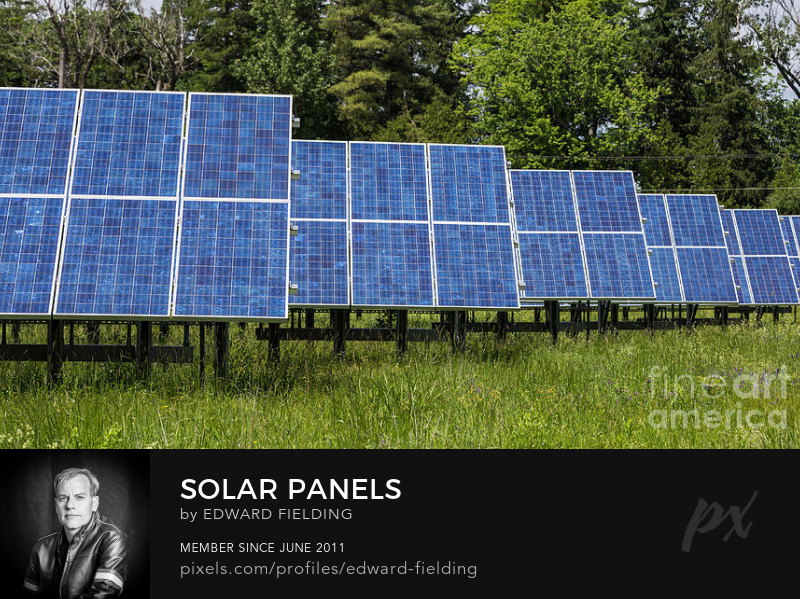A tanker full of liquefied natural gas heads to New England’s largest electricity generator. A call comes into the captain and then the tanker abruptly changes course, disregarding its North America contract for a higher bidder in Europe….
Fossil fuels are sold on a global market. The highest bidder wins. That’s not the case with locally produced renewable electricity that can’t be put in a tanker and shipped across the ocean to the highest bidder.
The most common renewable power technologies include:
- Solar (photovoltaic, solar thermal)
- Wind
- Biogas (e.g., landfill gas/wastewater treatment digester gas)
- Geothermal
- Biomass
- Low-impact hydroelectricity
- Emerging technologies – wave and tidal power
New England’s sky-high electricity rates and volatile natural gas supply can only solve by a serious move towards renewables.
Aggressive pushed towards residential roof top solar and incentives to build more large-scale solar arrays has to be part of the solution.
New Hampshire alone has 250 abandoned landfills that could be converted into solar farms like this project in Manchester:

Parking lots are another source of unused space above the cars. Check out this project in Ohio at The McCoy Center which is JP Chase’s largest building in the world, housing 10,000 workers. At 2 million square feet, the building has the same square footage as the Empire State Building.

Beyond these large commercial projects, individual homeowners are deciding to go solar and take advantage of the tax incentives.
While New England is exactly across the country from the US solar powerhouse in the southwest, it’s actually one of the places with the highest solar adoption per capita, thanks in no small part to the incentives.
https://www.cnet.com/home/energy-and-utilities/new-england-solar-power-a-guide-to-solar-energy-in-these-six-states/
There really isn’t any other home improvement project that you can undertake which pays back 100% plus. Bathroom remodels, adding a pool, painting a house etc. might pay back less than 100% and that is when you sell the house. A solar panel install starts reducing your electricity bills from day one and continues for 30 years or more. And Zillow estimates that solar adds 4% to the selling price of your home plus houses with solar sell faster.
